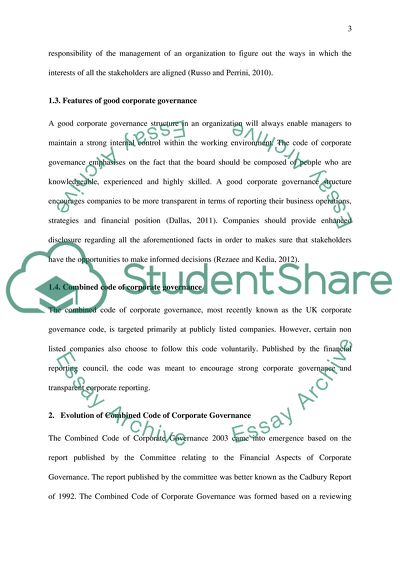Cite this document
(Effective Governance and Accountability Essay Example | Topics and Well Written Essays - 3000 words, n.d.)
Effective Governance and Accountability Essay Example | Topics and Well Written Essays - 3000 words. https://studentshare.org/finance-accounting/1841906-effective-governance-and-accountability
Effective Governance and Accountability Essay Example | Topics and Well Written Essays - 3000 words. https://studentshare.org/finance-accounting/1841906-effective-governance-and-accountability
(Effective Governance and Accountability Essay Example | Topics and Well Written Essays - 3000 Words)
Effective Governance and Accountability Essay Example | Topics and Well Written Essays - 3000 Words. https://studentshare.org/finance-accounting/1841906-effective-governance-and-accountability.
Effective Governance and Accountability Essay Example | Topics and Well Written Essays - 3000 Words. https://studentshare.org/finance-accounting/1841906-effective-governance-and-accountability.
“Effective Governance and Accountability Essay Example | Topics and Well Written Essays - 3000 Words”. https://studentshare.org/finance-accounting/1841906-effective-governance-and-accountability.


